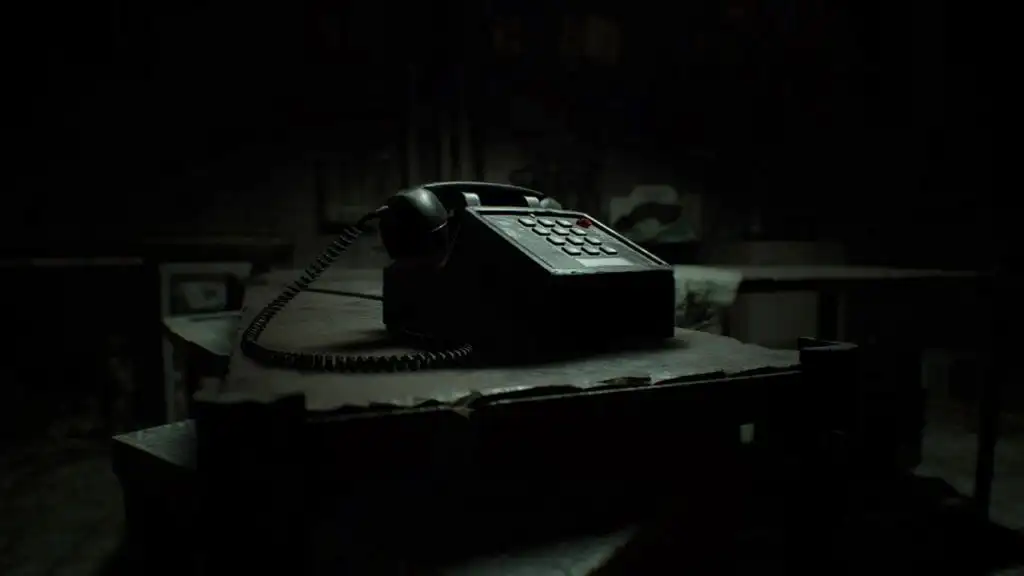Hot on the heels of the news that Resident Evil 7’s full demo (it’s kind of a two-parter) will be released on PC in December, come details about the graphics options. They’ve been posted in the Resi7 Steam hub, and look extensive.
Recommended Videos
It’s pretty apparent Capcom are taking the PC version of Resident Evil 7 seriously. It’ll support arbitrary resolutions, also supports 144hz monitors, has an uncapped frame-rate (plus options to lock at 30 and 60), a way to extend the FOV, and offers a whole load of other tweaks for textures, shadow quality and all that lovely stuff we like to mess with on PC.
Here’s the complete run-down of the graphics options revealed so far (Capcom say there are even further customisation options not detailed here).
- Screen Resolution…self-explanatory here, but the game will list arbitrary resolutions supported by your monitor and Windows desktop environment.
- Refresh Rate…adjustable to frequencies supported by your monitor. Also supports 144Hz high refresh monitors including Nvidia G-Sync.
- Display Mode…Full screen, Windowed, and Borderless Window modes are supported
- Field of View…FOV angle can be adjusted here
- Frame Rate…supports 30, 60, and Variable (uncapped)
- V-Sync…ON/OFF
- Rendering Method…Two options available – Normal and Interlaced
- Resolution Scaling…controls the game’s internal rendering resolution. This is akin to upscaling and downsampling of the final video output. Selectable option ranges from 0.5X to 2.0X. 1.0X is 100% 1:1 native output. The higher the number, the better the image quality and more GPU ‘oomph’ required, while lowering it below 1.0 makes the image softer (but also reduces GPU overhead and increases frame rate).
- Texture Quality…option ranges from Very Low to Very High. Higher quality requires additional local video memory.
- Texture Filtering…option ranges from Very Low to Very High. Internally, this is essentially your Trilinear to Anisotropic filter that goes all the way up to 16X.
- Mesh Quality…option ranges between Low to Very High. This option also affects Level-of-Detail (LOD) quality.
- Anti-Aliasing…Selectable options include FXAA, TAA, FXAA+TAA, and SMAA.
- Motion Blur…ON/OFF toggle
- Effects Rendering…Selectable between Low, Medium and High. This controls the intensity and density of certain visual effects.
- Depth of Field…ON/OFF toggle
- Shadow Quality…option ranges from Very Low to Very High.
- Dynamic Shadows…ON/OFF toggle
- Shadow Cache…ON/OFF toggle. When set to ON, shadows for static objects will be cached in video memory.
- Ambient Occlusion…Selectable options include OFF, SSAO (Variable), SSAO, HDAO, and HBAO+. Note HBAO+[www.geforce.com] is an Nvidia-specific feature.
- Bloom Effect…ON/OFF toggle
- Lens Flare…ON/OFF toggle
- Volumetric Lighting Quality…Selectable between OFF, Low, and High. This option controls intensity and quality of dynamic lighting including light shafts piercing through window panes and vents.
- Reflections…Selectable between ON, OFF, and Variable. Affects fidelity and quality of screen-space reflections.
- Subsurface Scattering…ON/OFF toggle
- Chromatic Aberration…ON/OFF toggle
- Color Space…Selectable between SRGB and BT.709
PC Invasion is supported by our audience. When you purchase through links on our site, we may earn a small affiliate commission. Learn more about our Affiliate Policy







Published: Dec 4, 2016 8:22 AM UTC